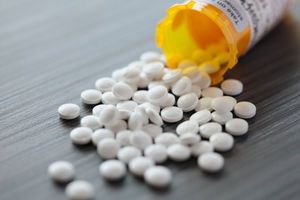The spice turmeric has long been touted as having magical medical properties. From cancer to rheumatism, the ancients swore by it, and a large number of individuals today worldwide still believe in its medicinal properties.

But modern pharmaceutical science has caught up to it. The identity and structure of the key active ingredient of turmeric, curcumin, was revealed long ago. The structure explains a lot about the myth of turmeric. It has the features of a pan-assay interference (PAINs) compound and clearly has the chemistry suggestive of a promiscuous compound. Which means, of course, that a large number of assays you throw it into will be affected, suggestive of unique medicinal properties. Not surprisingly, the number of publications on turmeric/curcumin’s medicinal effects have skyrocketed in recent years. It's hard to know the truth when there is so much smoke, but no fire is found despite looking for so long.
Now, a systematic evaluation may have put the question to bed. The article reviews the extensive information on curcumin and compares it to another natural compound that is “for real,” namely artemisinin. The conclusion is that curcuminoids are a serendipitous combination of promiscuous bioactive compound and metabolically unstable structure, resulting in promising in vitro activity combined with inability to survive in vivo.
Like the pitching wins in baseball, target potency in drugs, earnings in stocks and tech classification in startups, the sheer volume of signals seen with curcuminoids make them hard to ignore. But those seeking true probability of success would be best advised to do so . . .






